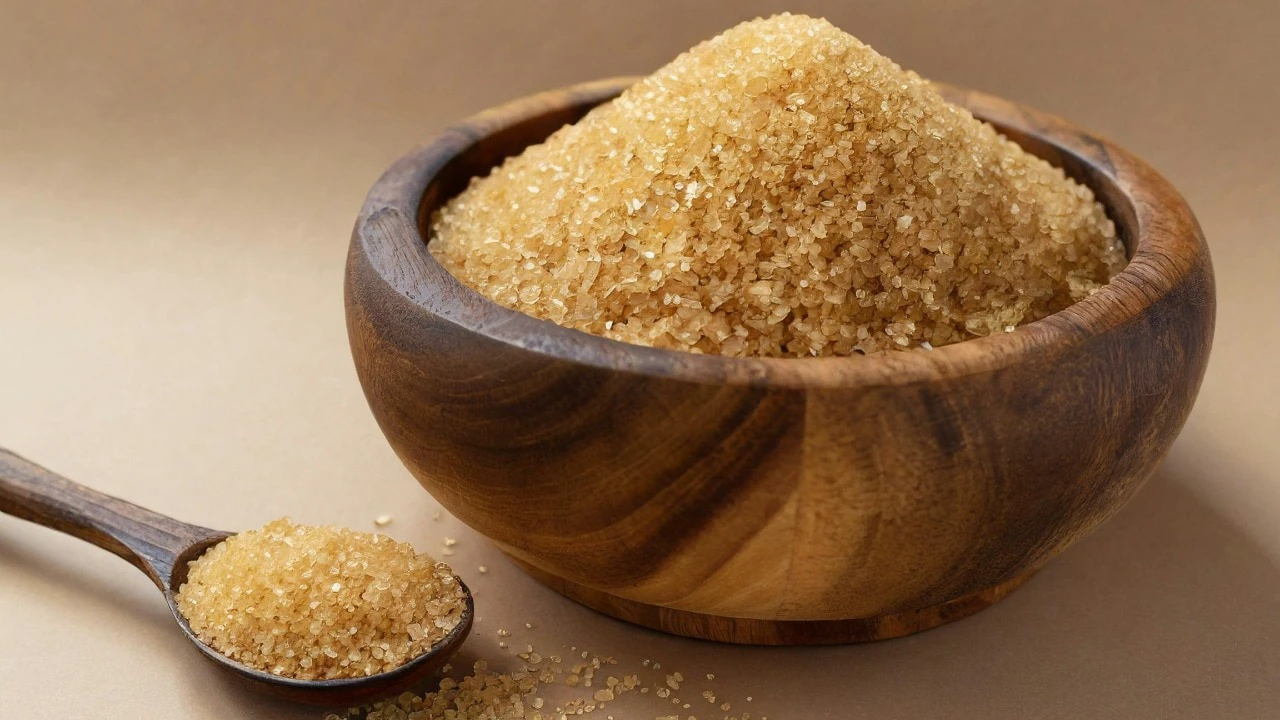Sugar is the bittersweet dilemma of life. It is the first thing we cut off when on the “healthy eating” spree, and it is also the last craving to leave our minds.
(Think: a hot fudge brownie ice cream for your midnight craving.) And currently the sweet talk is about cane sugar.
Recently, President of the United States of America, Donald Trump, claimed on Truth Social that beverage giant Coca-Cola had agreed to use cane sugar instead of corn syrup in its drinks for the US market. This was followed by an official announcement from the company too. However, politics aside, is it really the healthy upgrade we think it is?
Its health effects do spark considerable debate. We asked experts to break down the reality of cane sugar (expect no sugar-coating).
Cane sugar’s health quotient
Cane sugar emerges straight from the sugarcane plants, standing out as a natural sweetener. Its journey from plant to pantry involves minimal processing compared to the more refined white sugar. This lesser degree of refinement allows it to keep some of the molasses, which adds a subtle caramel taste. The crystals of cane sugar are bigger and rougher than those found in the usual brown sugar, offering a distinct option in culinary settings.
Okay, to get the basics clear now – is cane sugar healthy?
Not really.
Cane sugar, a prevalent sweetener, is a source of a quick energy boost, yet overconsumption can result in significant health problems. According to Dr Karthigai Selvi A, head of clinical nutrition and dietetics, Gleneagles BGS Hospital, Bengaluru, a high intake of cane sugar is associated with inflammation and chronic illnesses, including heart disease, diabetes, and certain cancers.
“It is bad for us when eaten in high amounts regularly and may also increase the risk of depression by elevating blood glucose and insulin levels. So, it is similar to other processed sugars.”
 Cane sugar comes from sugarcane plant (Photo: Unsplash)Therefore, it becomes essential to understand that consuming it in the right amount may save you from the “off sugar” regime. So, how do you determine a healthy intake of sugar? Dr Selvi clarifies by explaining the guidelines from the World Health Organisation (WHO).
Cane sugar comes from sugarcane plant (Photo: Unsplash)Therefore, it becomes essential to understand that consuming it in the right amount may save you from the “off sugar” regime. So, how do you determine a healthy intake of sugar? Dr Selvi clarifies by explaining the guidelines from the World Health Organisation (WHO).
WHO advises that added sugar should make up less than 10 per cent of daily caloric intake, with an optimal goal of under 5 per cent for better health. This equates to a maximum of four to five teaspoons of cane sugar daily for individuals without diabetes or obesity. Looks like the morning tea with 2 scoopsof sugar is sorted!
Adhering to these limits may help prevent health issues linked to high sugar intake.
Breaking down the nutrient profile
What makes cane sugar not so healthy? It’s the underwhelming nutrient profile.
Cane sugar is largely a source of empty calories, lacking significant nutrients, and can cause spikes in blood sugar levels. It also increases the likelihood of developing fatty liver, heart disease, cavities, and obesity.
It is essential to note that cane sugar has both refined and unrefined versions. Refined cane sugar, like white sugar, has no minerals – it’s sucrose and, nutritionally, is considered empty.
In contrast, less processed options such as raw cane sugar, jaggery, or khaand include trace minerals like iron, calcium, and magnesium. Yet, their health advantages remain limited unless consumed in excessive, unhealthy amounts. Thus, recognising the distinctions between sugar types is vital for making wise dietary decisions.
Depending on how much the cane sugar is processed, the nutrient profile can be better determined. Dr Selvi explains that the approximate mineral content per 100 grams of jaggery and khaand is around:
- 11 to 13 mg of iron
- 40 to 100 mg of calcium
- 70 to 90 mg of magnesium
- 100 to 1000 mg of potassium
- 20 to 90 mg of phosphorus
- 0.2 to 0.4 mg of zinc
- 0.1 to 0.3 mg of copper
“Raw or unrefined cane sugar like jaggery or khaand can have some minerals, especially iron, potassium and magnesium, but you should not consume unhealthily large amounts to get significant nutrition. They are slightly better than refined sugar, but not a healthy food.” Hence, it is just less of the worst; be mindful of your consumption units.
While it is not a great snack, it can momentarily do good if you are running a marathon.
For endurance athletes, cane sugar offers an advantage by providing the immediate glucose needed for energy during intense physical activity. It is often chosen over high-fructose corn syrup or artificial sweeteners, although moderation is still crucial to sidestep possible health risks.
While it is a booster, it is not a pantry staple.
Takeaway
So, where does this leave us?
Less refined versions of cane sugar – jaggery and khaand – are marginally better than corn syrup and high fructose, but, in the end, it is still sugar.
Meanwhile, if you are looking for everyday sugar, dates and honey (in moderation, again) can be good options. Also, nature presents healthy desserts in the form of fruits, and they are served with a side of fibre, hydration and good nutrition as well.
